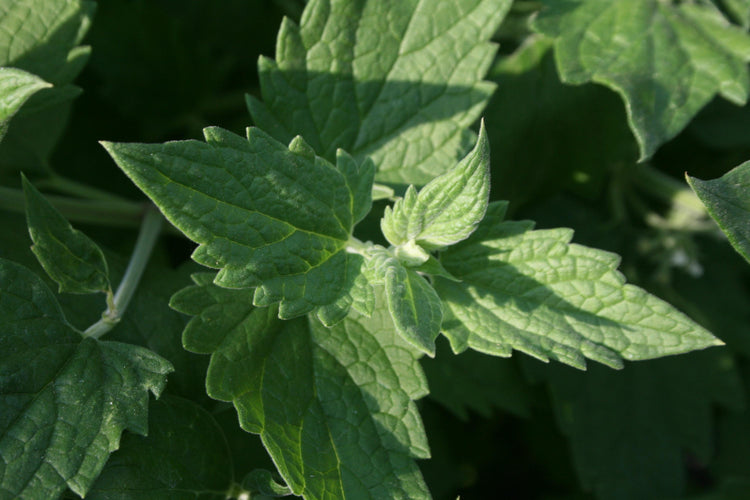
Catnip
Availability: In Stock
$4.25
Hurry up! only
178
products left in stock!
Approximately 1707 seeds per gram
Lot#CN02001
Nepeta cataria
Irresistible to cats and bees, it is a spreading, carefree joy in the flower bed. It is too sprawling for a border plant. Blooms all summer with fragrant flowers and foliage. Both the soft lavender-blue flowers and the green foliage are aromatic on these 61 cm (2') tall plants. Sow seeds indoors in February and March, and transplant or direct sow in April and May. Catnip seeds can be directly sown in September for spring growing.
Growing Instructions: